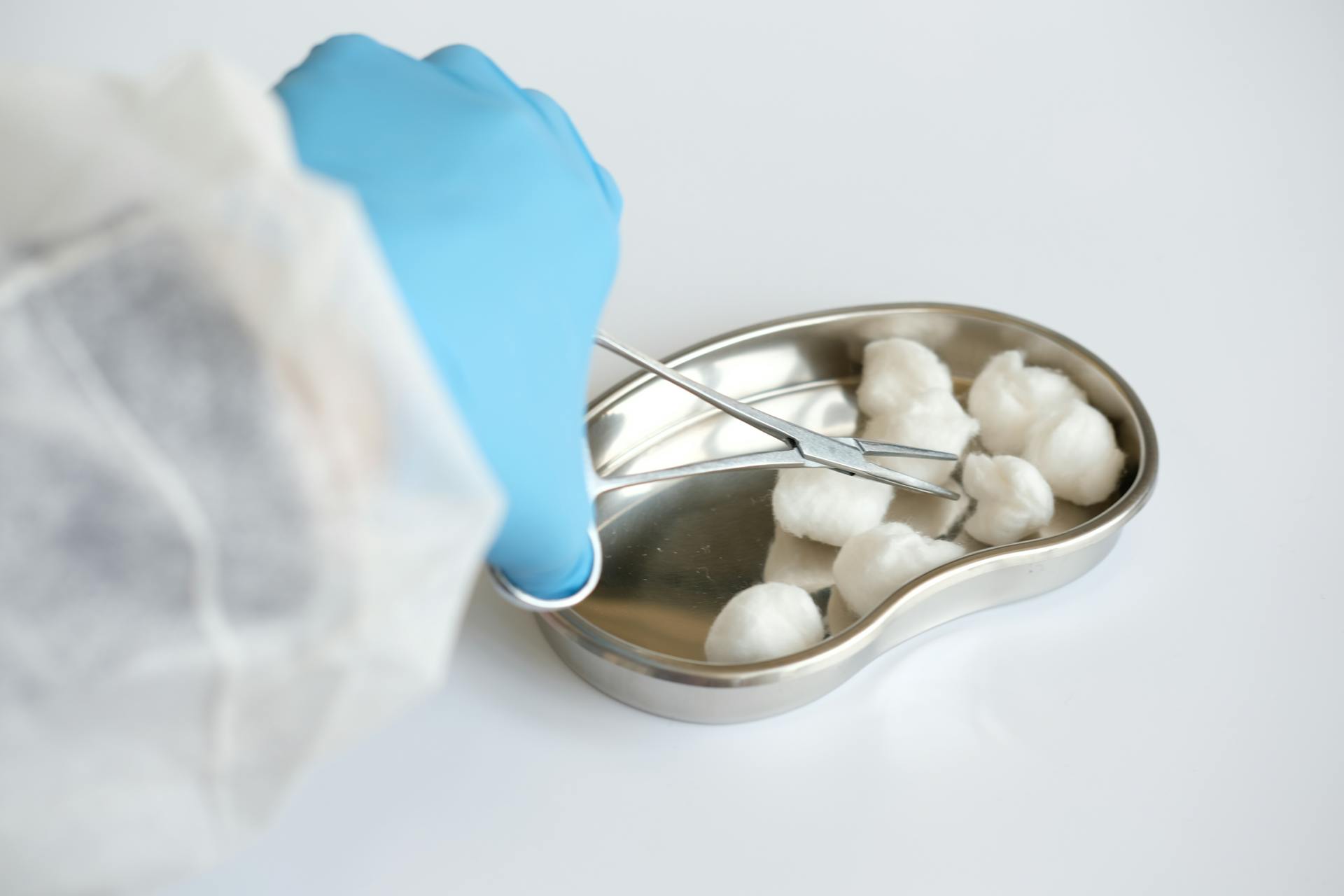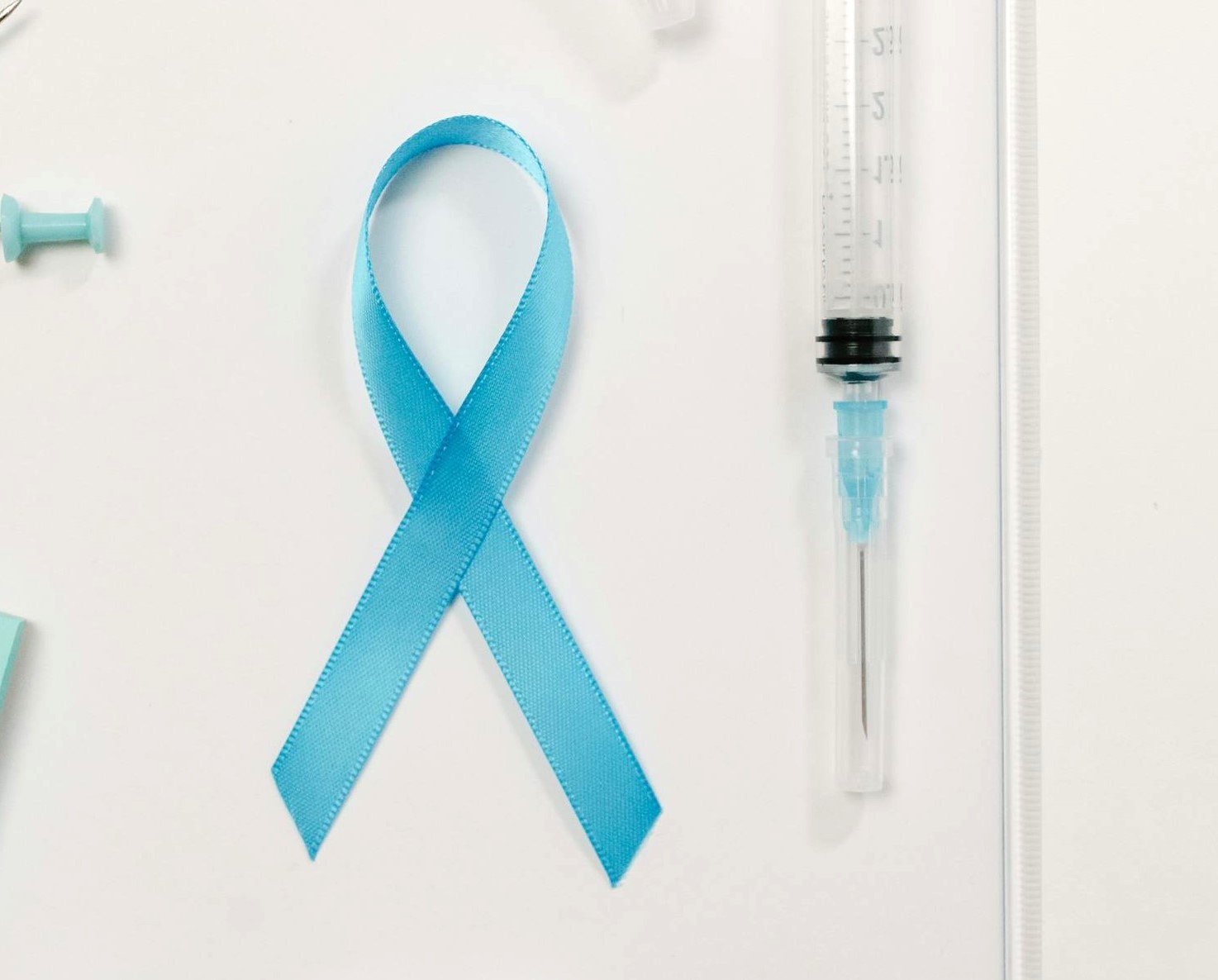Kidney Transplantation and Scar Formation
Kidney transplantation, a life-changing procedure for individuals with end-stage renal disease, involves the surgical placement of a healthy kidney from a donor into the recipient’s body. This surgery inevitably results in the formation of a scar at the incision site.
A scar is a natural part of the healing process, occurring as the body repairs the skin and tissue damage caused by the surgical incision. It results from the body’s complex biological process to repair the wound, involving various stages such as inflammation, tissue formation, and remodelling. The size and appearance of the scar depend on several factors, including the surgical technique used, the individual’s skin type, age, overall health, and how well the wound is cared for post-surgery.
Immediate Post-Transplant Scar Care
Following a kidney transplant, the immediate care of the surgical scar promotes effective healing and reduces the risk of infection or other complications. Initial scar care involves several key steps:
Cleanliness and Protection
- Wound Cleaning: Keep the wound clean by gently cleaning the incision site as per your urologist’s instructions to help prevent infection.
- Dressings: The use of sterile dressings, which may need to be changed regularly, protects the wound from external contaminants.
Monitoring for Infection
- Signs of Infection: Patients should be vigilant for signs of infection, such as redness, swelling, increased pain, or discharge at the scar site. Any such signs should be reported to a healthcare professional immediately.
Managing Pain and Discomfort
- Pain Management: Appropriate pain management, often involving prescribed medications, is crucial for patient comfort and mobility, which in turn aids in the healing process.
Following Professional Advice
- Healthcare Guidelines: Adhering to all post-operative instructions provided by your urologist, including restrictions on certain activities and guidelines for physical movement, is essential for the scar to heal properly.
Dietary and Lifestyle Adjustments for Scar Health
Adopting certain dietary and lifestyle practices can significantly enhance the body’s natural healing mechanisms:
Nutritional Support for Healing
- Balanced Diet: Consume a balanced diet rich in vitamins and minerals, particularly those known to aid in skin health and wound healing. This includes protein, vitamin C, and zinc.
- Hydration: Adequate hydration is crucial for maintaining skin elasticity and promoting better healing.
Physical Activity
- Gentle Exercise: Engage in gentle physical activities, as recommended by your urologist, can improve blood circulation, supporting the healing process.
Avoiding Harmful Habits
- Smoking and Alcohol: Avoid smoking and excessive alcohol consumption as these can impair wound healing and overall health.
Sun Protection
- Protecting the Scar from the Sun: Exposing the scar to sunlight can cause it to become more noticeable. Using sun protection or covering the scar can help its appearance and health.
Stress Management
- Reducing Stress: Effective stress management techniques can positively impact the body’s healing capabilities.
Medication Management and Its Impact on Scar Healing
Post-kidney transplant, medication management plays a critical role in the overall healing process, including the healing of the surgical scar. This phase’s primary focus is preventing organ rejection and managing side effects, which indirectly affect scar healing.
Immunosuppressants and Scar Healing
- Immunosuppressive Therapy: These medications are essential to prevent the body from rejecting the new kidney. However, they can also impact the body’s healing capacity, potentially slowing down the process of scar healing.
Managing Side Effects
- Side Effect Management: Certain medications may have side effects that can influence wound healing. Patients must communicate any concerns with their urologist to adjust medication if necessary.
Antibiotics and Infection Prevention
- Antibiotic Use: If prescribed, antibiotics play a key role in preventing wound infections, which can significantly impact scar appearance and healing.
Regular Medication Reviews
- Medication Assessment: Regular consultations with your urologist ensure that medication regimens support both organ health and overall healing, including scar management.
Monitoring and Managing Complications Related to Scarring
After a kidney transplant, monitor the scar for any signs of complications. These complications can vary in severity and may require medical attention.
Signs of Complications
- Changes in Scar Appearance: Look out for increased redness, raised texture, or colour changes, which may indicate issues.
- Sensation Changes: Increased pain, itching, or numbness around the scar can be a sign of underlying complications.
- Swelling or Hardening: Any swelling or hardening of the scar area should be promptly assessed.
Managing Complications
- Medical Consultation: At the first sign of any complication, it is advisable to consult your urologist for a proper assessment and treatment plan.
- Specialised Treatments: In some cases, treatments such as topical medications or laser therapy may be recommended to address scar-related issues.
Regular Medical Check-Ups and Scar Assessment
Regular medical check-ups in the post-transplant care process help to assess the condition of the surgical scar. These check-ups vary in frequency based on individual circumstances. These check-ups allow urologists to:
- Evaluate Scar Healing: Urologists assess the scar for proper healing and signs of any complications.
- Monitor Overall Health: These visits are not just about the scar but also about monitoring the patient’s overall health, including kidney function and general well-being.
- Adjust Treatment Plans: Based on the scar’s condition and the patient’s overall health, your urologist may adjust medications or recommend additional treatments.
- Provide Guidance and Support: Regular interactions with your urologist provide an opportunity for patients to ask questions and receive guidance on scar care and general health maintenance.
Conclusion
Emphasising the significance of scar care is not just about aesthetic concerns; it plays a pivotal role in the overall healing process and the prevention of complications. Patients are encouraged to engage actively in their post-operative care, adhering to medical advice, and maintaining regular check-ups. This holistic approach, integrating physical, psychological, and lifestyle aspects, is key to a successful recovery and long-term health after a kidney transplant.


